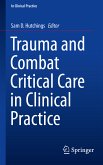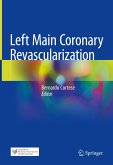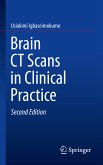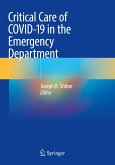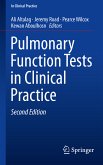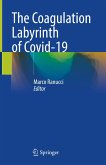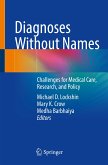This book assesses the main features of COVID-19 from a clinical point of view, based on observations made during the disease epidemic in Northern Italy, one of the most affected areas in the world (the region has been the epicenter of the global pandemic for more than a month), and the first region outside China facing overwhelming numbers of cases. With no practical guidelines in place, Italian doctors were called to fight against an unknown disease. For the first time in modern history, healthcare workers and decision-makers had to find rapid solutions to a life-changing health crisis with no evidence-based recommendations or procedures in place to guide their actions.
Sharing the lessons learned from this experience, and offering practical tips on implementing future programs for pandemic preparedness, the book is a valuable tool for medical practitioners and health-policy-makers wanting to better understand the complexity of the current and future global health crises
Sharing the lessons learned from this experience, and offering practical tips on implementing future programs for pandemic preparedness, the book is a valuable tool for medical practitioners and health-policy-makers wanting to better understand the complexity of the current and future global health crises
Dieser Download kann aus rechtlichen Gründen nur mit Rechnungsadresse in A, B, BG, CY, CZ, D, DK, EW, E, FIN, F, GR, HR, H, IRL, I, LT, L, LR, M, NL, PL, P, R, S, SLO, SK ausgeliefert werden.



